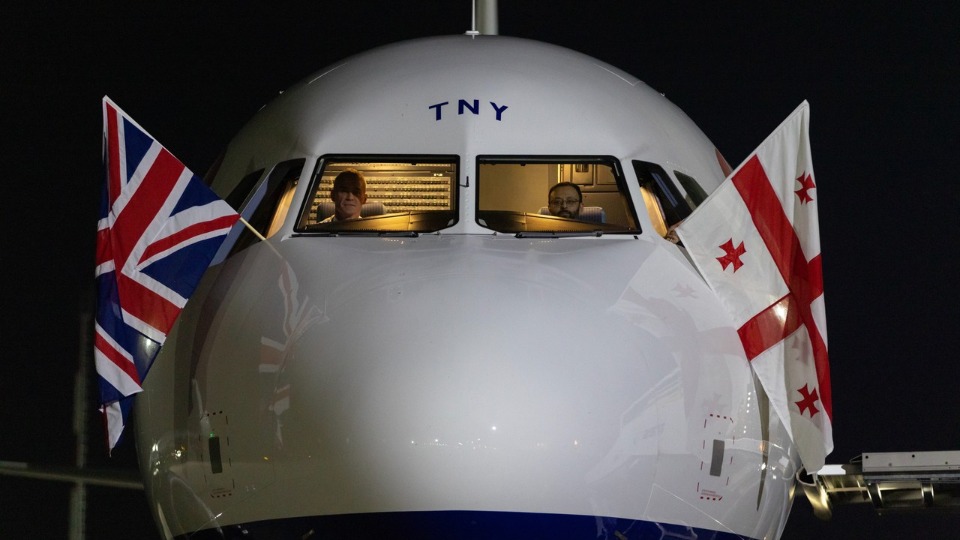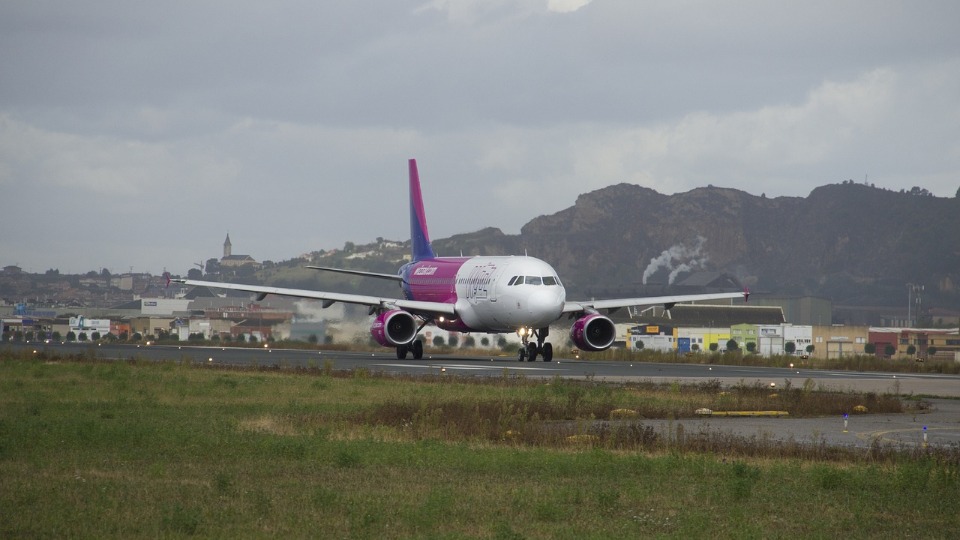
The Turkish authorities support the aquatic tourism

The Turkish authorities have submerged an Airbus A300 nearby Kusadasi (Aydin province) on the Aegean Sea to encourage tourism linked to underwater diving. The plane, with a wingspan of 44 meters and a length of 54 meters, was lowered to the seabed, announced Dogan and Cihan news agency, retrieved by AFP.
The spectacular action aims to create an artificial reef in order to attract as many tourists passionate about diving. The 36 years old device was purchased by the city of Aydin from a private airline with 270,000 Turkish lira (82,000 dollars).
Özlem Çerçioğlu, mayor of the local Aydin province, told AFP that the motivation for sinking the plane was twofold: to turn Kuşadası into a year-round destination for tourists who dive, and to protect the underwater life. “And with these goals in mind,” she said, “we have witnessed one of the biggest wrecks in the world.”
In recent years the Turkish authorities deposited other three small planes on the seabed of the Turkish coast, hoping to promote the underwater diving, but it is the first time they sank a device of this size.
The artificial reefs are not new inventions. All over the world, countries have repurposed a variety of would-be detritus for a second life on the seafloor. But some marine experts, such as biologist James Bohnsack of the National Oceanic and Atmospheric Administration, worry that the reefs merely relocate fish, rather than provide a space for the animals to replenish their populations.
“It’s like a sponge,” Bohnsack told ABC News. “If the artificial reefs are fished too heavily, the plan backfires as the clustered fish are drawn in and funneled out of the habitat.
In the wake of recent suicide bombings, tourism has slumped in Turkey, in turn provoking anxiety among Istanbul shopkeepers, as Reuters reported.








